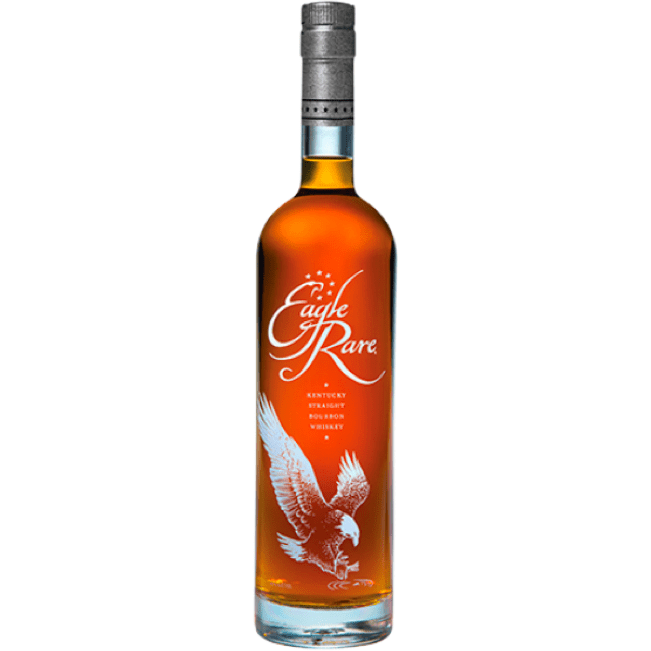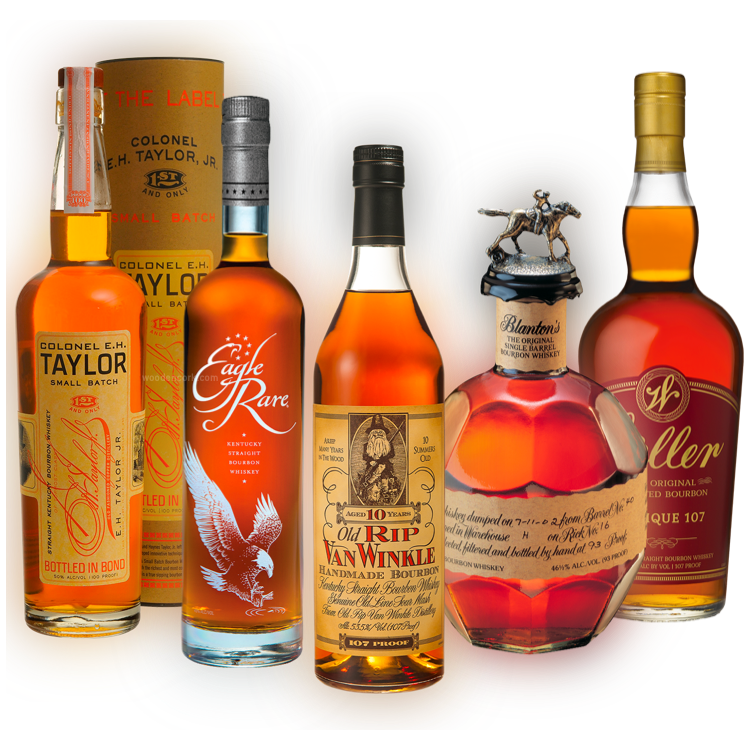Northern Lights: Canadian Whisky Aims to be the Next Big Thing
The latest issue of Beverage Dynamics focused on imports. We begin online by turning to our neighbors to the north:
“In this neck of the woods, Canadian whiskies have always been very strong sellers,” says Ted Farrell, president of Haskell’s Inc., a wine and spirits retailer based in Minneapolis. “I don’t know if it’s our proximity to the border, or our love of hockey or what.” He cites best-sellers like Windsor, Canadian Mist and Crown Royal. Canadian whisky typically appeals to older consumers, says the retailer, who notes that flavor innovations like apple and maple may be breeding a new, younger consumer for Canadian.
Canadian whisky is one of the largest whiskey categories, with a long history and tradition. So far the rising tide of consumer interest in brown spirits has not lifted the Canadian category.
However, the whisky boasts a number of advantages—it’s easy-going, mellow-smooth, mixable and has rye on its side. Canadian producers are working to communicate that story to American consumers. Lately there has been a lot of product churn, with new expressions from established brands, innovations on the super-premium end, rye-based expressions and a successful proliferation of flavored whiskies.
Proponents are betting that Canadian will be the next big thing.
Room for Growth
“I love Canadian whisky and I think that is the next market where we are going to see large growth,” declares Ewan Morgan, Diageo’s National Master of Whisky in the U.S. The company sells more than 5 million cases of Crown Royal each year. “There are some amazing Canadian whiskies out there,” notes Morgan, who adds, “That will be the next thing to catch the interest of bartenders and whisky geeks.”
“Canadian Whisky has a long, storied history and once sat atop the whiskey category in the United States. As more consumers come into the category, there is a great opportunity for Canadian Whisky to be rediscovered,” says Kevin Richards, Marketing Director — Whiskeys and Specialty Brands for Sazerac Co.
“We believe that Canadian whisky is all about the art of blending,” Richards says about the brands’ messaging. During education events, Master Blender Drew Mayville explains to consumers and retailers that distilling is a science while blending is an art. “The end result, we believe, is as compelling as the finest Bourbons or Single Malts,” he adds.
At 16.3 million 9L cases sold in 2014, according to the Distilled Spirits Council (DISCUS), the Canadian segment is second only to Bourbon in the U.S. market, and far surpasses malt Scotch and Irish. Volume, however, was down 1% in 2014, with the most positive growth coming from the high-end premium, up 11.2%.
“We are seeing more new premium Canadian whiskies enter the market,” observes Broc Smith, owner of the Sarasota Liquor Locker in Sarasota, Fla. However, he says the mainstays such as Canadian Club, Seagram’s and Crown Royal still dominate the segment. Primarily, an older clientele is drinking Canadian whisky, he says. “Canadian is struggling to tap into that Millennial market—which is what everybody is trying to do, of course.”
National Identity
“Canadian is a mellow and smooth, very approachable whisky, with an entry level price point, and it’s great for mixing cocktails,” says Marc Hindorff, Canadian Mist brand manager for Brown-Forman. Founded in 1967, Canadian Mist is triple distilled and aged in white oak barrels. As for messaging, the company is testing a new campaign called “There’s no Mist to understanding great whisky,” which puns the brand’s name. For now the messaging is digital only, but there will be in-store POS materials when the campaign officially rolls out.
American whiskeys may seem to have the home court advantage when it comes to explaining the nuances of grain bills, distilling technique and maturation. But for many Americans, Canadian distilleries are as close as, if not closer than, the Kentucky Bourbon Trail.
“With Canada as our neighbor, it’s an easy trip for guests to visit our gorgeous and historical Heritage Center, where history comes to life throughout the entire experience,” says Malini Patel, Beam Suntory’s VP of World Whiskies and Innovation. When talking about Canadian Club, it’s described as an exceptionally smooth whisky that has set the standard for over 150 years, says Patel, who adds Canadian Club is an approachable alternative to stronger, higher-proof whiskies.
“Canadian Whisky’s lighter flavor profile and high mixability offer a distinctly different experience compared to Bourbon, Scotch or Irish,” says Richards at Sazerac.
Unlike the stringent rules governing other whiskeys, Canadian has fewer requirements, and varies from province to province. The whisky must be mashed and distilled in Canada and aged three years in barrel. Grains, notably corn, wheat and rye, are mashed and distilled separately then blended and bottled, typically at 80 proof. The 9.09 percent rule allows up to that percentage of the blend to include ingredients such as other spirits (including Bourbon) and even wine. Proponents say this rule offers greater latitude for innovation.
A case in point is Beam Suntory’s launch of Alberta Rye Dark Batch Whisky, a blend of 91% Canadian rye whisky, 8% American Bourbon and 1% oloroso Sherry.
“Canadian is an interesting category as it has a lot of room for innovation and premiumization,” Patel says.
The portfolio also includes Windsor and Canadian Club, which has a 100% Rye expression. For Dark Batch, Beam Suntory’s brand ambassadors are targeting bartenders at high-end whiskey/cocktail bars, with sampling and telling the story of the unique blend. Beam will also wheel out a rye display at certain events. “We are seeing a resurgence of interest in premium Canadian and Canadian Rye whiskies,” Patel says.
The post Northern Lights: Canadian Whisky Aims to be the Next Big Thing first appeared on Beverage Dynamics.




